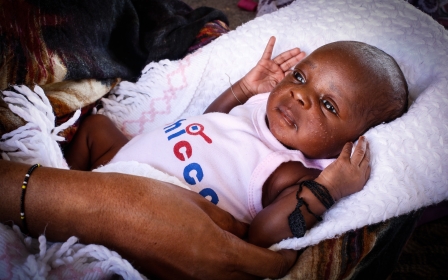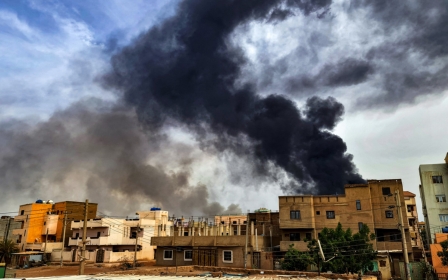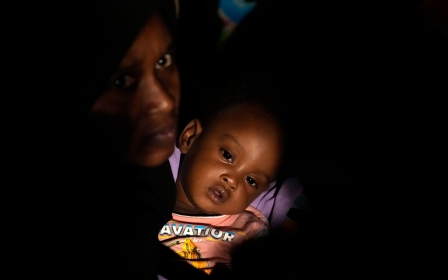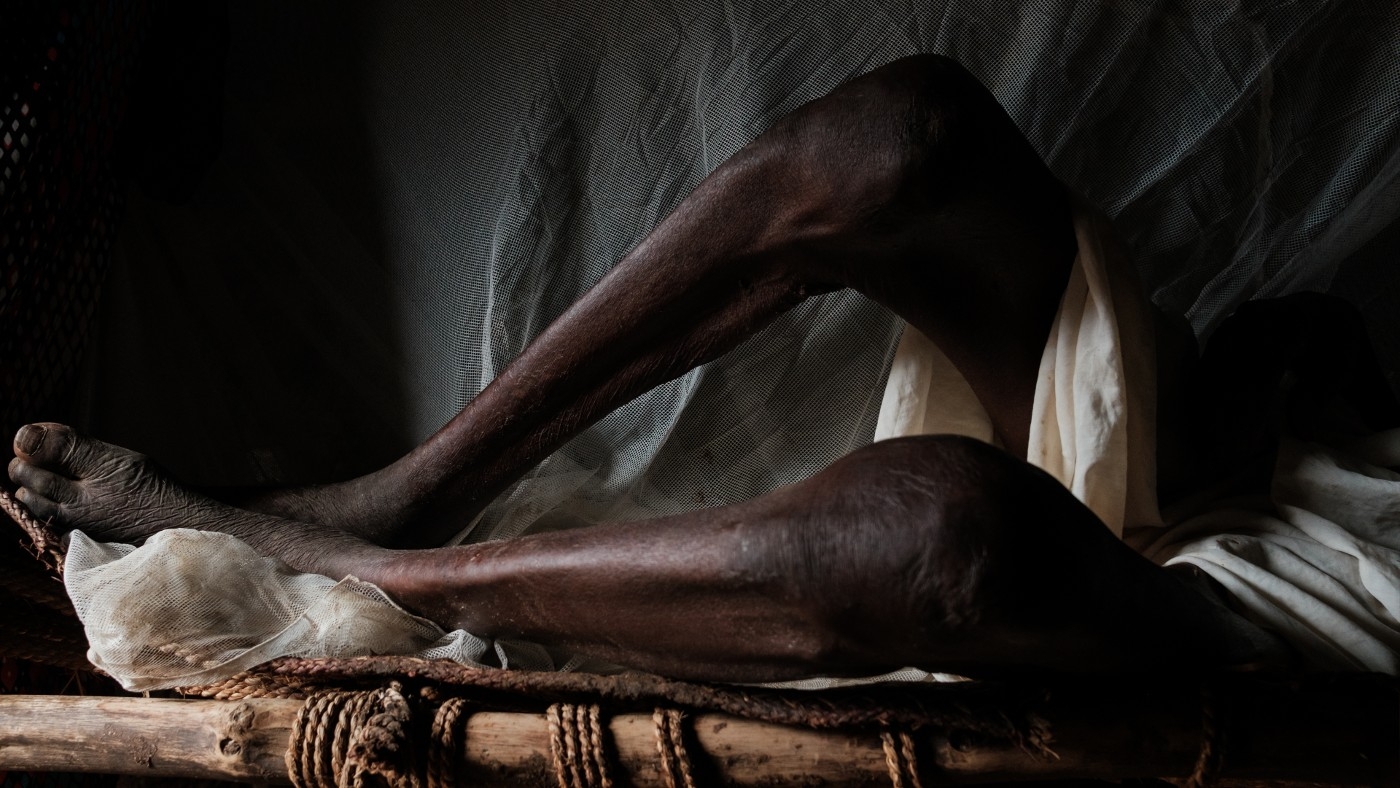
In pictures: Hunger grips Sudan's Nuba Mountains
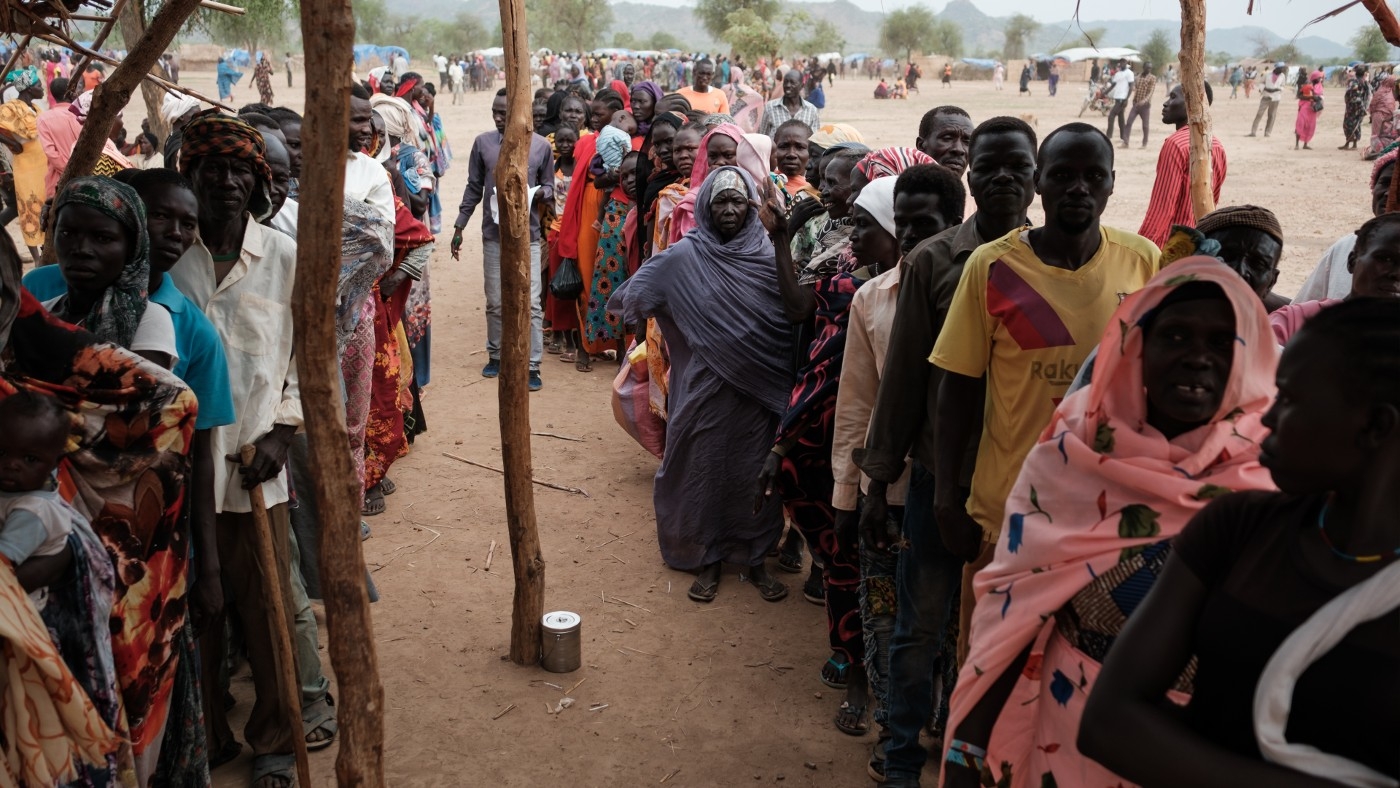
Wind carries the voices of tens of thousands of people through the arid air. Dust clouds swirl around the lines of people waiting, queueing in hope.
Agiri camp, located in Sudan’s Nuba Mountains, is home to approximately 48,000 people. Rumours of a new delivery of food aid have been spreading through the camp.
It is June, and this would be only the third delivery since January. People are queuing to register for their share.
As food stocks from host communities have run out over the last few months, a hunger crisis is accelerating, with severe cases of malnutrition multiplying and Sudanese forced to eat leaves to survive.
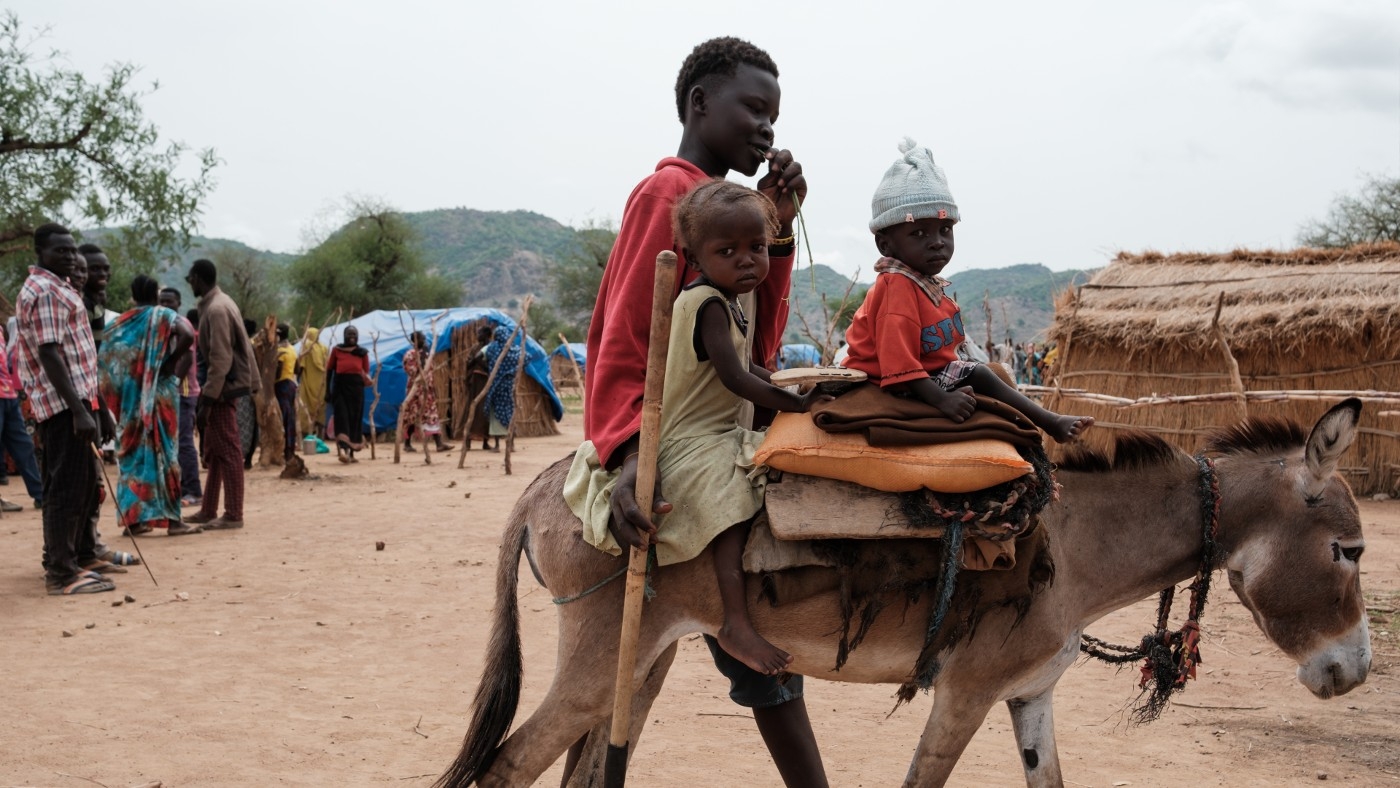
Among them are internally displaced people from across war-torn Sudan. Many are from the capital, Khartoum, where fighting between the Sudanese Armed Forces (SAF) and Rapid Support Forces (RSF) paramilitary group is still ongoing. Increasingly, though, locals are also found in the camp, fleeing not war but one of its by-products: hunger.
Ali Abdula, 16, guides his donkey through a crowd of onlookers carrying his two younger siblings, both suffering from malnutrition. Ali came with his mother to Agiri camp, not because of fighting, but due to the hunger crisis in his village a day's walk away.
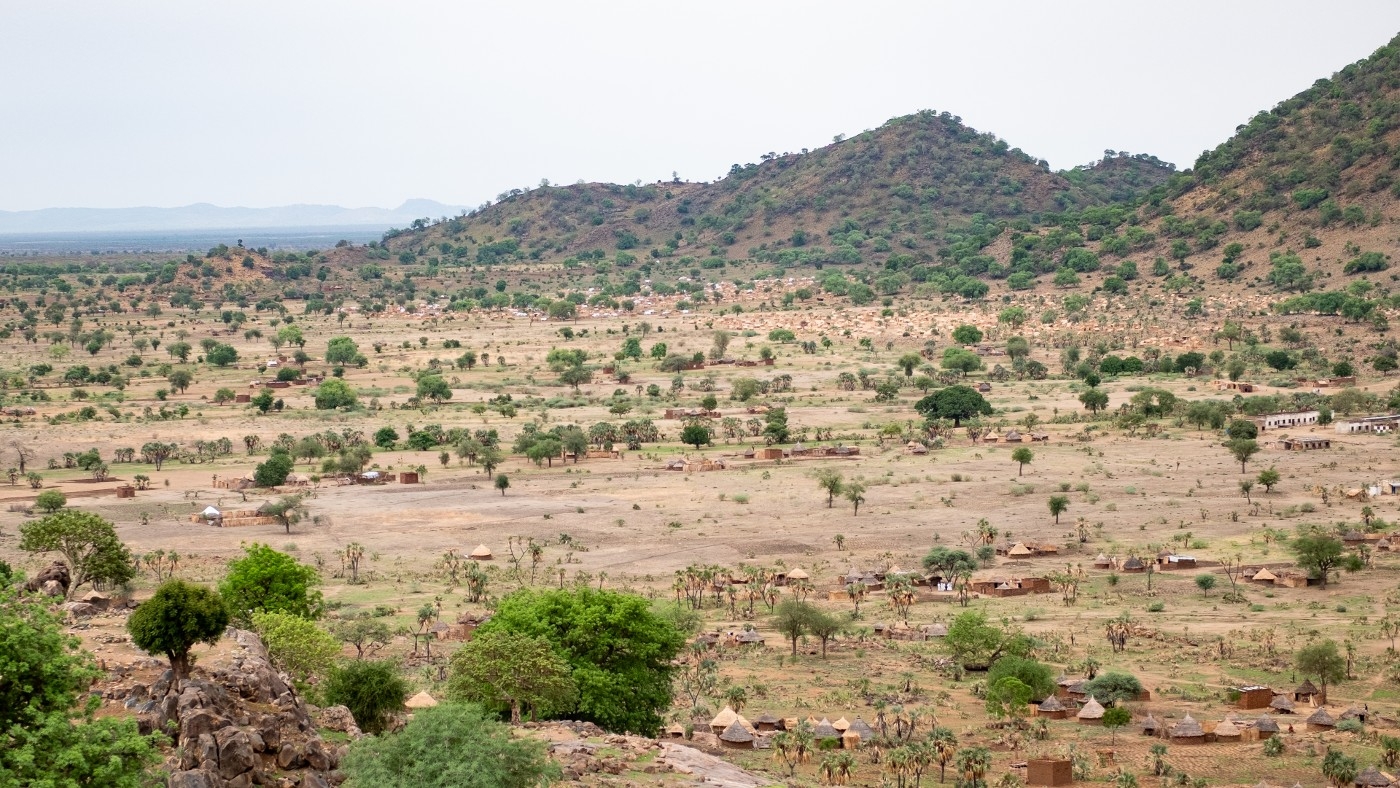
Sudan’s war began in April last year in Khartoum and quickly spread to other parts of the country, particularly Darfur - the vast western region that serves as the RSF’s power base.
Even areas without active conflict have been profoundly affected, with supply lines cut and refugees on the move. According to the International Organization for Migration (IOM), almost 10 million people have been forcibly displaced by the war.
The state of Southern Kordofan, in the Nuba Mountains region of southern Sudan, is largely controlled by Sudan People's Liberation Movement-North (SPLM-N). Here, a constellation of small internal displacement camps has sprung up, with 700,000 people seeking refuge from the fighting now scattered across the region and more arriving every day.
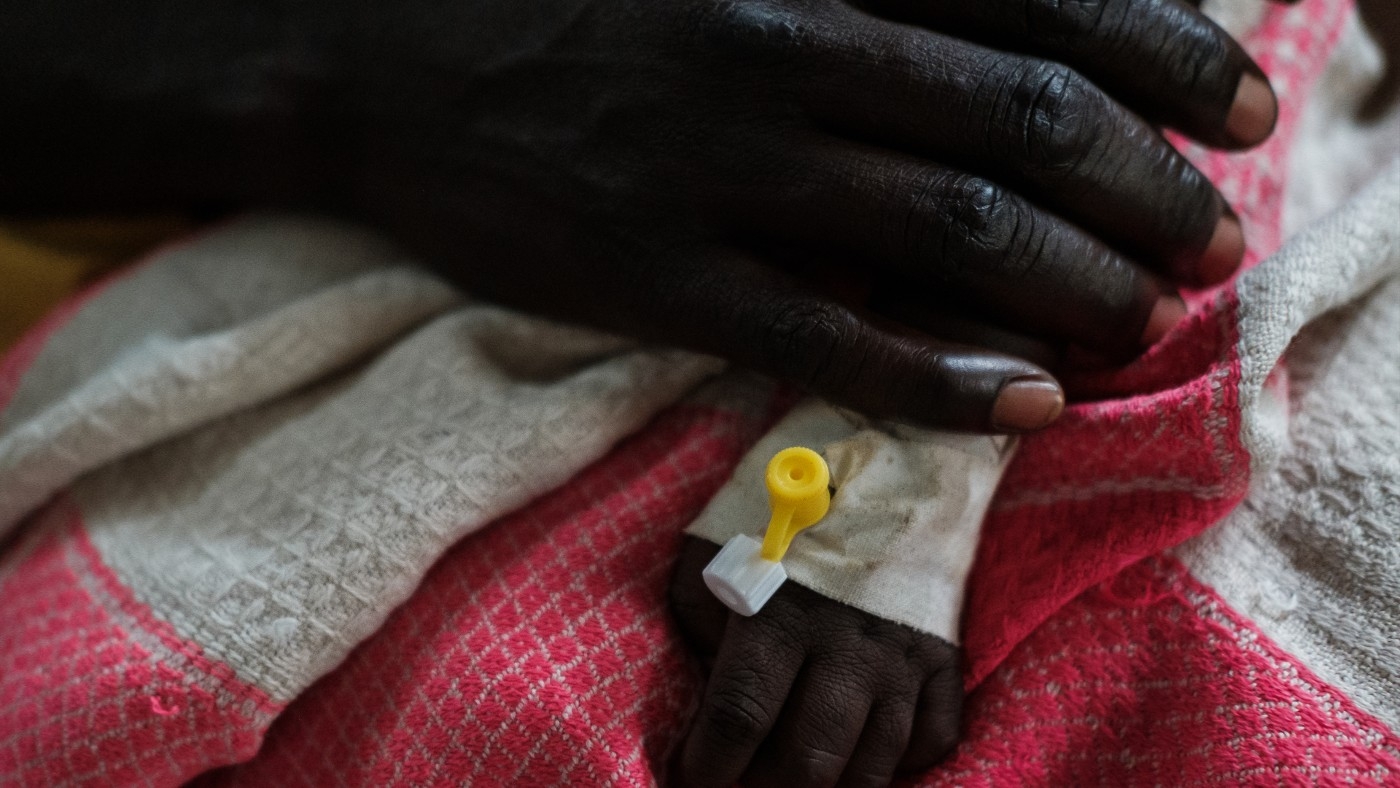
Informal camps now house between 5,000 and 55,000 displaced people, living in simple thatched huts. Southern Kordofan’s largest camp is called Tiamushro, in Kadugli. The influx of people fleeing the war has caused host communities to suffer as well. A poor harvest last year meant that food stocks were already lower than normal and ran out months ago, leading to widespread hunger both inside and outside the camps.
Dalal, pictured in the main photo, lay in bed severely malnourished and ill after food supplies ran out months ago. He survives on leaves collected by his family in Rabang camp, which is home to 36,000 people who have fled fighting.
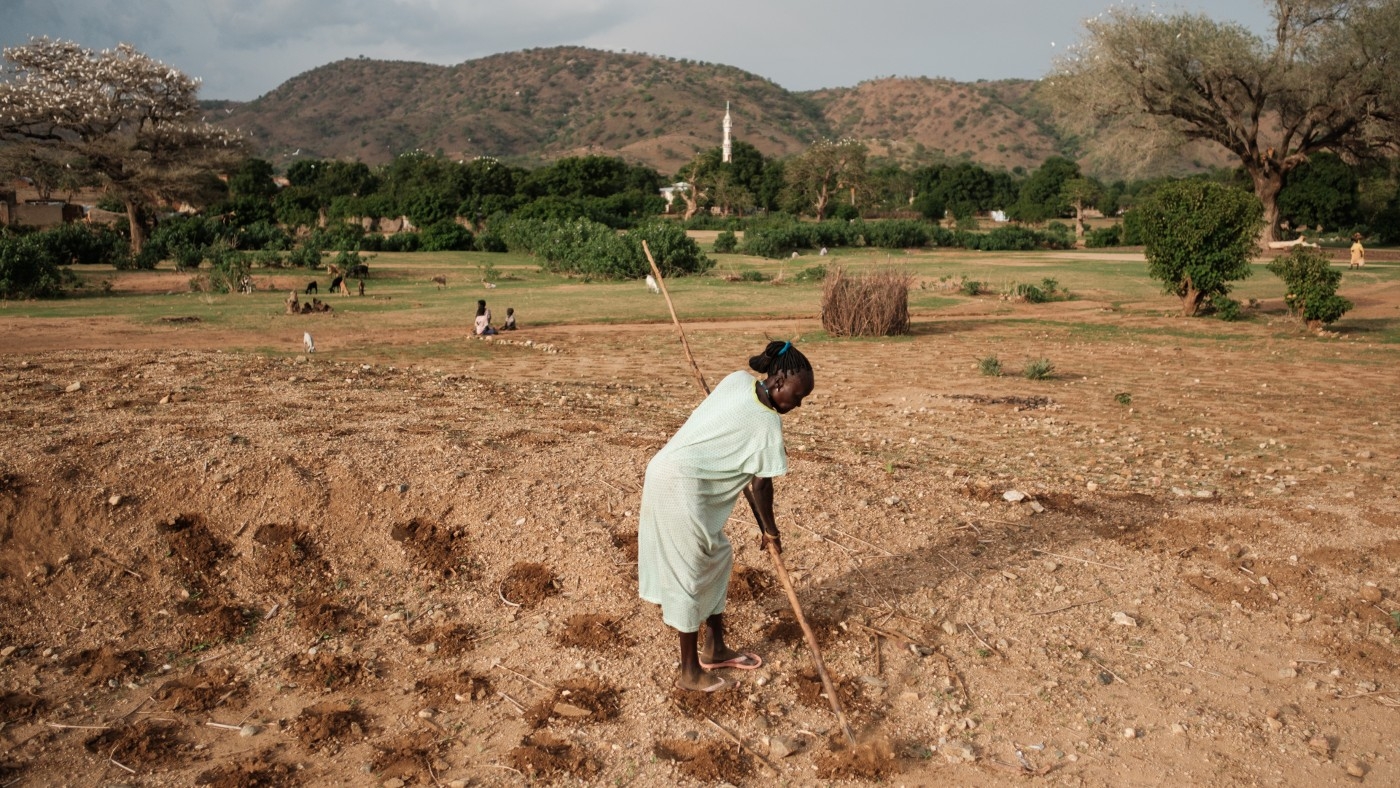
As the rains begin, usually peaking between June and September, the usual time to harvest highlights a new problem: there are no seeds to plant.
Few people saved spare sorghum, the region's staple, to grow on their farms. With no aid expected in the coming months and nowhere to find seeds to plant, the region's future looks bleak.
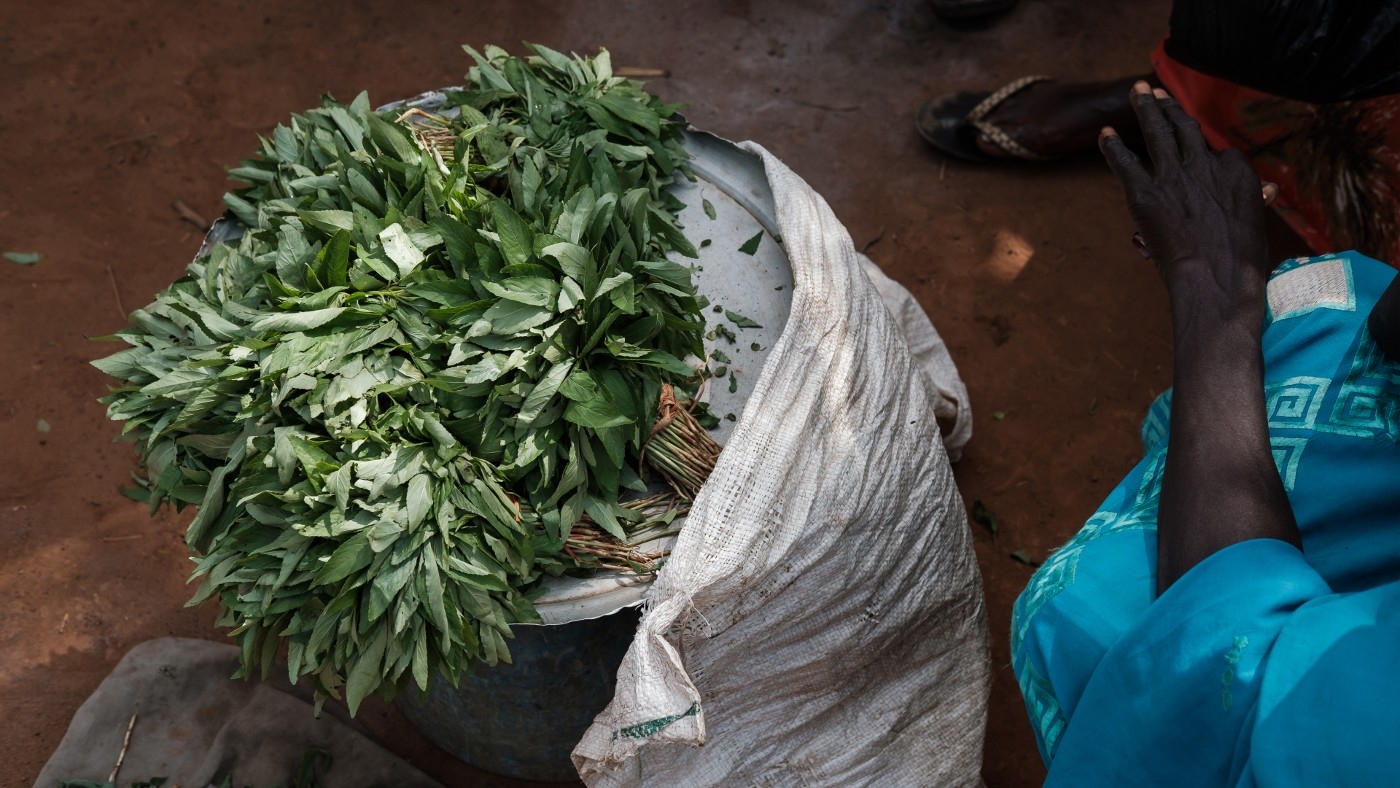
In times of desperation, people have turned to old methods passed down through the generations, ways of surviving learned from past times of hunger. Leaves from different bushes now make up the core of almost everyone’s diet in these camps.
Every day, they are picked and boiled with water, then eaten as a paste. It is just enough to survive on, but cases of malnutrition in the region – both in and out of the camps – have skyrocketed in recent months.

At one of the few hospitals run by the humanitarian organisation Cap Anamur outside Kauda, a large town in the centre of Southern Kordofan state, there has been a significant rise in severe and acute cases of malnutrition from all across the state.
In the malnutrition ward, a young boy suffering from malnutrition has his arm measured shortly after his mother, who has been receiving treatment for over a month, brought him in.
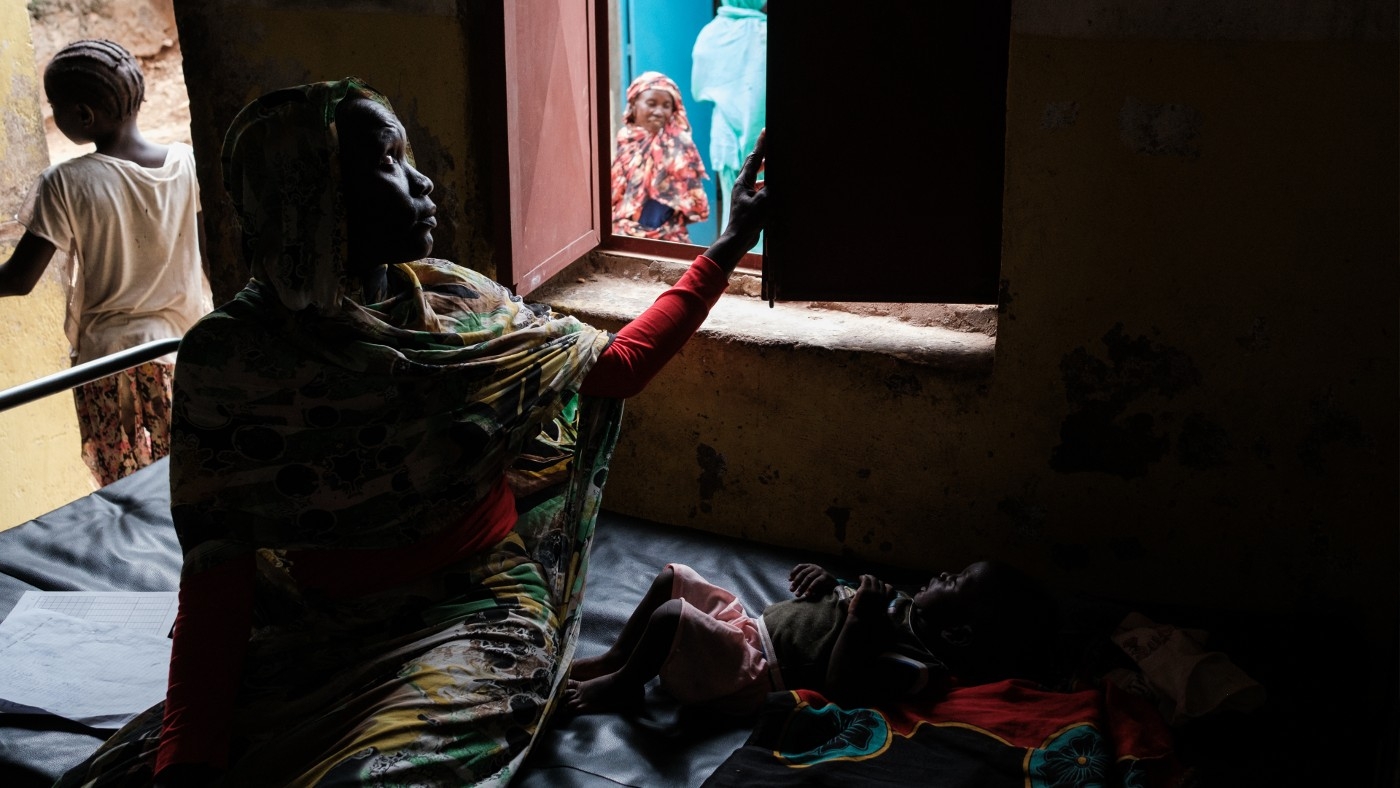
As the rainy season begins, most expect the already desperate situation to deteriorate further. With the growing season missed, the population is plunged deeper into a hunger crisis, without access to outside aid, and more displaced people are arriving from other parts of Sudan.
In the malnutrition ward at Cap Anamur hospital, Darsalam Ahmed sits next to her baby son, Muhamed. It is 15 June and, like so many parents here, she does not know what the future holds.
Middle East Eye delivers independent and unrivalled coverage and analysis of the Middle East, North Africa and beyond. To learn more about republishing this content and the associated fees, please fill out this form. More about MEE can be found here.


